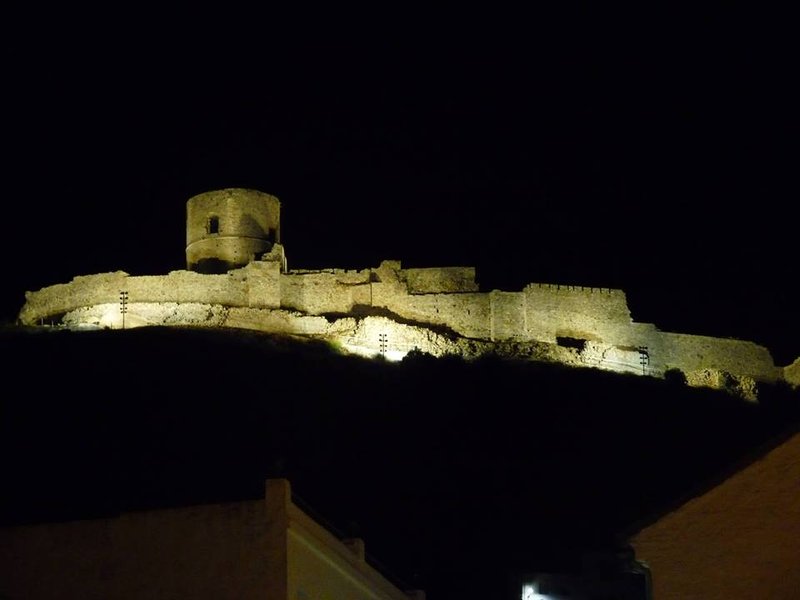Jimena de la Frontera

The northernmost village in the Campo de Gibraltar region lies in an area belonging to Los Alcornocales Natural Park, and features areas of both woodland and pasture ideal for cattle farming.
Both in terms of its scenery and its urban design, Jimena is a typical example of the White Villages and boasts a number of places of interest, such as Laja Alta Cave, the Castle, The Misericord Church and a charming village centre.
The hamlet of San Martin del Tesorillo, situated on the fertile plains of the River Guadiaro, belongs to this municipality.
History
The cave paintings at Laja Alta, which include the only maritime scenes from the Spanish Bronze Age, are proof that the first human settlers arrived in ancient times. Some writers believe that the village dates back to the Iberian colony of Oba; the Arabs called it Xemina or Ximena, a name that the Christians adopted after the 1431 conquest because of its similarity to Jimena, a common woman's name of the time, adding "de la Frontera" to reflect its importance as a border town over a period lasting two centuries, in first Nazari then Christian hands.
In the 16th century, the bandit Pedro Machuca settled in the region, setting up his headquarters on land near La Sauceda, within the boundaries of present-day Cortes de La Frontera. His was the first group of highwaymen to be documented in writing, being mentioned by Miguel de Cervantes and Vicente Espinel.
With the loss of Gibraltar at the start of the 18th century, Jimena de la Frontera once again became an important military enclave. At the end of the same century, the second blast furnace in Andalusia was built on the banks of the River Hoz-Garganta.
During the War of Independence, Jimena was the scene of several battles and lost a large part of its historical and artistic heritage.














